|
The Challenges of the Digital Era for Managers by Lukas Michel
By Guest Contributor Lukas Michel
Author of Better Management, Lukas Michel, explains what challenged the digital era Brough for managers and how to deal with them.
Let’s think of management as the art, science, and craft to get work done. If that’s so, then management touches everyone, everywhere, anytime. As most of us perform some kind of work, we need to care about management and what it does to people.
Management is like taste. One only notices it when it’s gone. Nobody makes the case for superior management if a business, an event, a change, or a project went well. Superior management is taken for granted – a given. Equally, poor management is always attributed to a poor manager – it’s personalized.
We know from diagnosing hundreds of organizations world-wide that the problem is not with managers (mostly). It’s with management. The evidence is mounting that in today’s hyper-dynamic and disruptive business environment, traditional management based on control, change, projects, and engagement – all well meant – has passed its better days.
Two trends – digitalization and the changing nature of work – fundamentally alter the way we manage people and organizations. New external challenges and more knowledge with people at the client front expedite the trend. Traditional management cannot cope with a digital context.
Why would anyone continue to perform annual budgeting when the business cycles have shortened to much less than a year? You would have to adjust your goals and those of your employees more often. If you don’t, then you assume that people do exactly what they have been told to do and follow their signed performance contracts. Why would you want to continue to rank employees even though you only hire the best? Remember, the war for talent is over – the talent won. Mediocrity would be the result. But that cannot be your intent.
I know that there are still thousands of corporations out there that keep their managers and employees busy every fall with cumbersome target setting, performance reviews, and alignment meetings without adding any value to clients. That time is definitively up.
Digitalization lowers information costs and enables new forms of interaction. Today, information is readily available, large amounts of data can be processed quickly, and communication technologies enable remote work. With readily available information, organizations can gain new insights, capture opportunities early and promptly mitigate risks. The dramatic reduction of information-costs shifts work from being purely material and physical to something much more knowledge-oriented. Information search, knowledge creation and learning call for engaging the know-how and skills of remotely-situated people who are driven by self-determination and self-organization. Such decentralized, collaborative, and self-organized management styles are in sharp contrast with traditional approaches dominated by micromanagers.
When work requires the knowledge of employees, teams and communities, people-centric management dominates. In such modern contexts, formal ‘control’ approaches lose their function. Today’s ease of communication permits management styles rooted in free choice, sharing, transparency and the absence of rigid structures. Such organizations must be organized for innovation and, as the Austro-American economist Joseph Schumpeter said, innovation seen as “creative destruction.” The organization’s function is to put knowledge to work. It needs to be organized for constant change. Typical organizations and management are not invented to deal with rapid changes. Rigid hierarchies, organizational structures and information systems are not aligned with current needs, and corporate cultures resist new ideas or processes. With increasing complexity, ambiguity, uncertainty and volatility, agile approaches are necessary to quickly adapt to the new environment.
Business is about exploiting valuable opportunities and turning them into client benefits. This requires information and knowledge: the second trigger. When knowledge is concentrated, control, command and central decision-making dominate. The speed of decisions and the flexibility for action depend on the ability to search for information and 2available knowledge. Specialized knowledge is an appropriate response to a complex world.
The trend toward knowledge work has been widely documented by researchers and authors for decades. When knowledge is widely distributed, managers engage people to collaborate and connect to build relationships, all with a deep sense of purpose. Complex structures are replaced by self-organized teams. They use inexpensive information and communications technologies in remote workplaces to detect opportunities early and act on weak market signals. With this, every organization has to build the management of change into its structure.
Information and knowledge to identify, select, transform and exploit valuable opportunities that benefit stakeholders are the best means to address the challenges of a VUCA (Volatility, Uncertainty, Complexity, Ambiguity) environment where knowledge is widely distributed. People who are successful at constantly searching for and uncovering new opportunities generally know with clarity, move in one direction, mobilize their energy, and maintain their focus. With the knowledge worker generation entering managerial jobs, the distinction between managers and employees increasingly vanishes. To quote Peter Drucker (2006), “With the knowledge age, employees become executives. They make decisions.” This is why, for the purposes of this book, I often use ‘people’ to include leaders, managers, executives and employees.
Traditional organizations and management are barriers to achieving competitive advantage in a dynamic environment. Since many organizations today face a higher degree of VUCA, an operating model is needed that can deliver the expected outcomes amid ever-changing conditions. Traditional organizations were built for stability, efficiency and control. Centralized control and hierarchical structures are not suited to operate in fast-paced environments.
With the dynamic context, the focus has shifted to faster learning and innovation. No company can control all the resources needed for innovation. Therefore, organizations increasingly need collaborative approaches, often with resources from outside the firm. As a consequence, they need to adapt their operating modes to the course, speed, and conditions of the external environment.
Traditional competitive advantages vanish fast in the digital economy. What is left in organizations is management – how work is being done. That leaves organizations with a huge opportunity: to make management their competitive advantage. That’s what the new book, Better Management, is all about. Better management certainly is every manager’s primary duty.
Why guess if you can know? Better Management comes with a diagnostic tool for managers to review six principles that make up management as a competitive advantage. Learn more to set your standards: https://management-insights.ch/en/diagnostics/better-management
ABOUT THE AUTHOR

LUKAS MICHEL is the owner of Agility Insights AG, based in Switzerland, and CEO of the AGILITYINSIGHTS.NET, a global network of experienced business mentors. Over the course of his 40-year career, he has worked with executive teams around the world, focusing on management and agility for a diverse range of local, national,and global organizations. Lukas is the author of The Performance Triangle, Management Design, People-Centric Management and Diagnostic Mentoring.
LinkedIn: https://www.linkedin.com/in/lukasmichel/
Suggested Reading
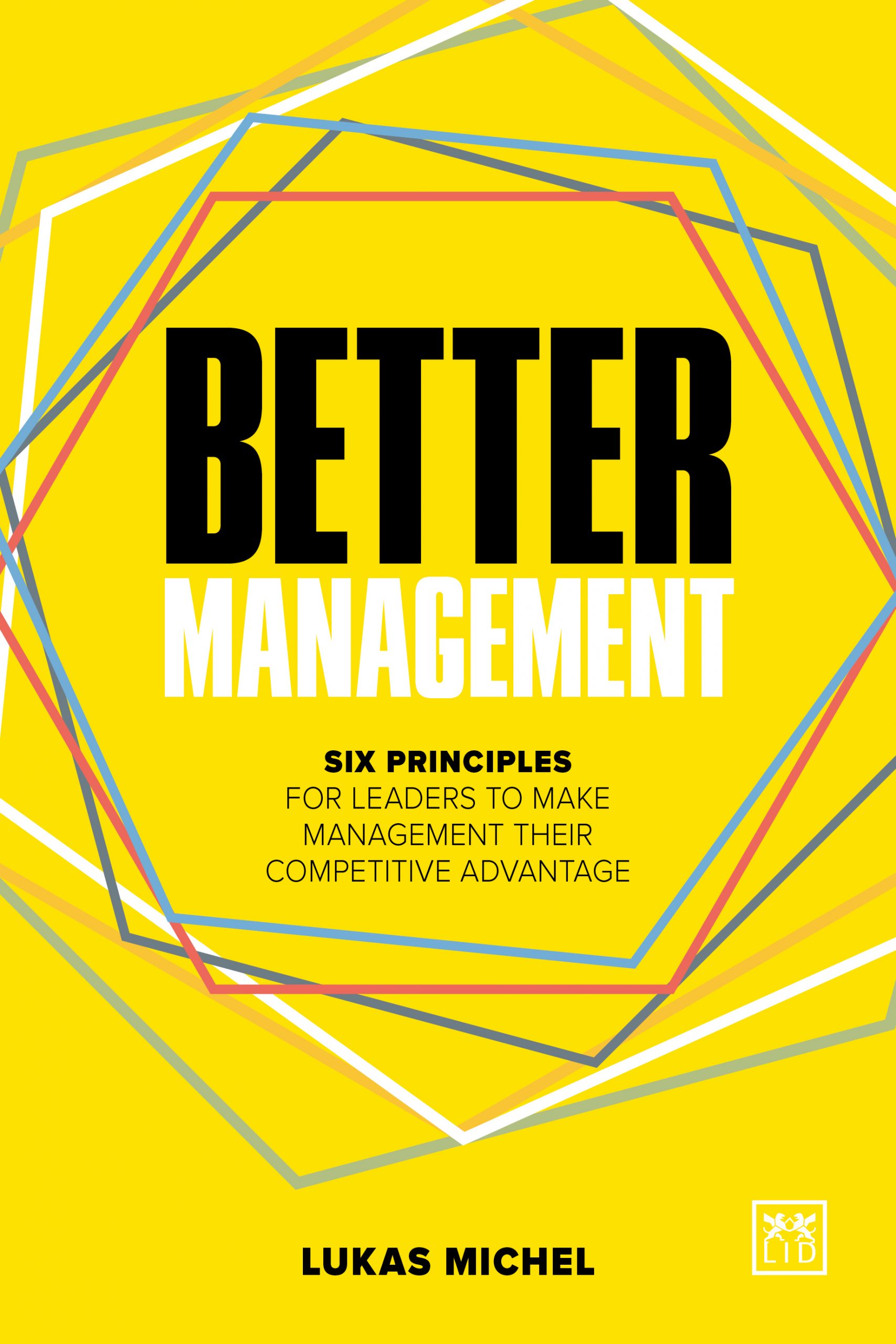 For management to be a competitive advantage, it must be better management. Recent research has shown that companies that have established agile, people-centric and dynamic capabilities – and have got rid of traditional management methods – outperform others by a huge margin. From this, the author offers six key principles of better management, that will provide the platform for all business leaders and organizations to make the shift towards greater performance.
For management to be a competitive advantage, it must be better management. Recent research has shown that companies that have established agile, people-centric and dynamic capabilities – and have got rid of traditional management methods – outperform others by a huge margin. From this, the author offers six key principles of better management, that will provide the platform for all business leaders and organizations to make the shift towards greater performance.
Other books by the author
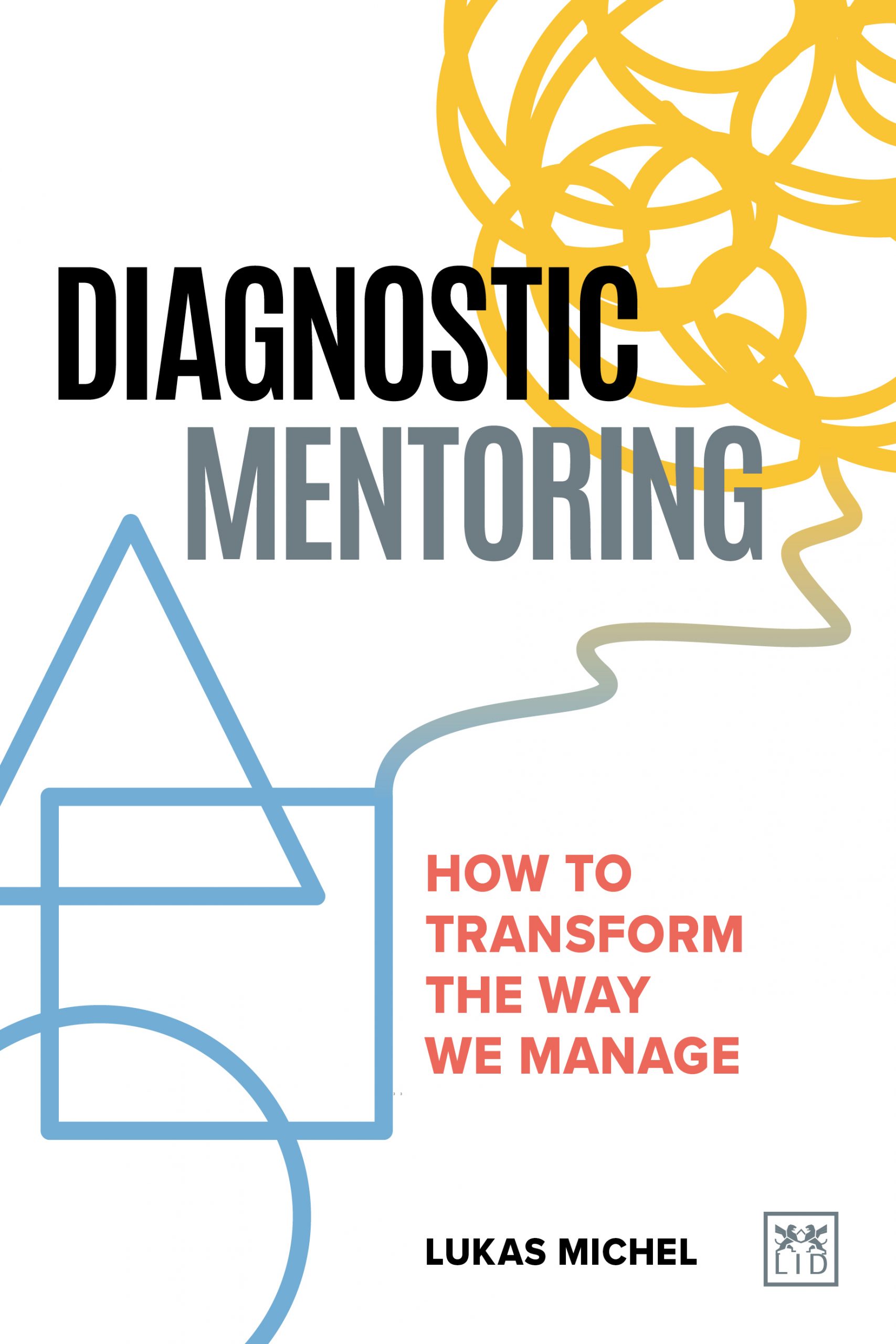 It’s every manager’s prime job to manage better: to change the way they lead people and how they organise work in the new (post-pandemic) business context. The book discusses the role of the operating system to do that and clarifies managerial priorities and goals. This then sets the stage for Diagnostic Mentoring – the methodology that enables the transformation of the way we manage.
It’s every manager’s prime job to manage better: to change the way they lead people and how they organise work in the new (post-pandemic) business context. The book discusses the role of the operating system to do that and clarifies managerial priorities and goals. This then sets the stage for Diagnostic Mentoring – the methodology that enables the transformation of the way we manage.
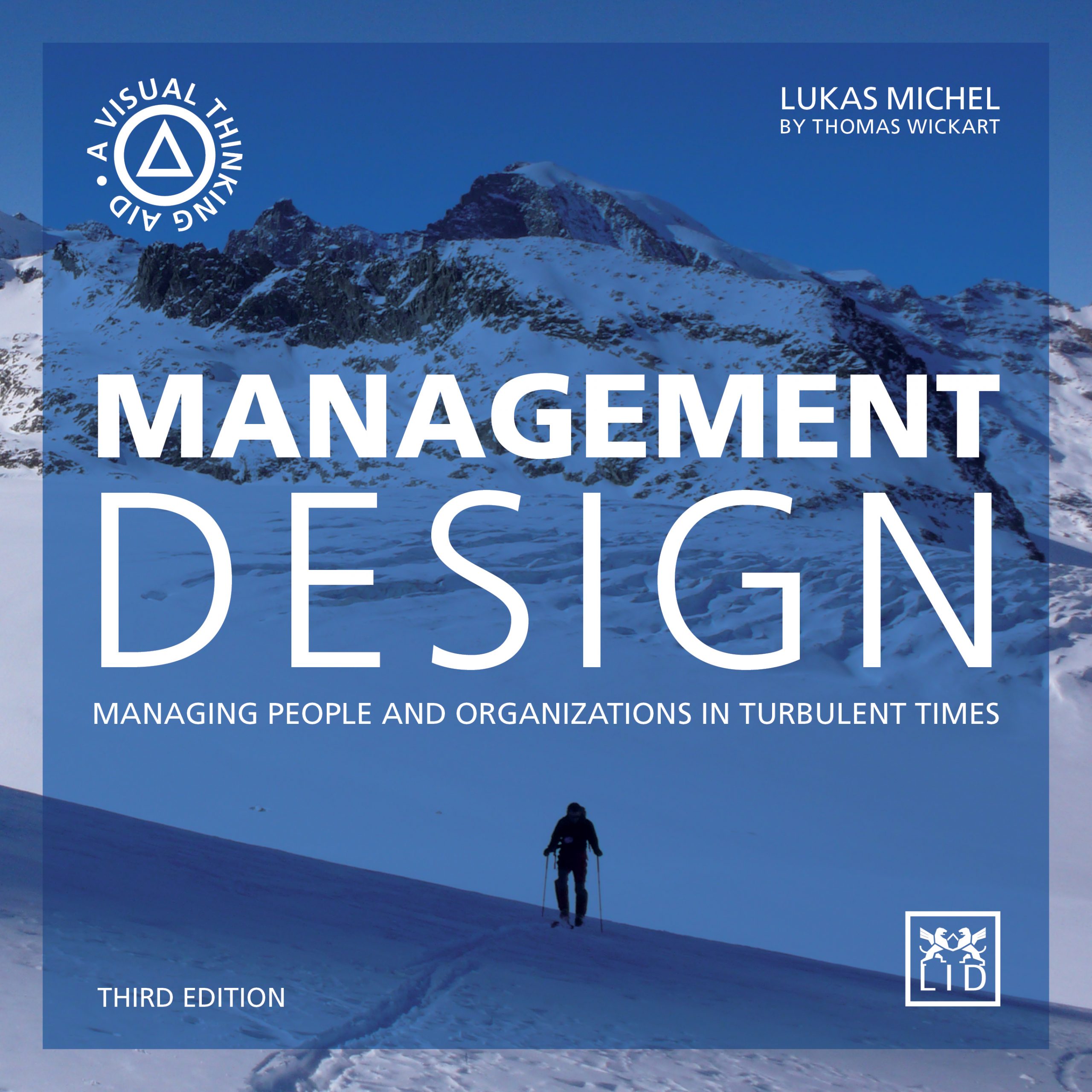 Management in turbulent times needs greater vision and foresight. This book offers an exciting visual-thinking approach to help managers, leaders and entrepreneurs think through their options and find a way that best meets the needs of their businesses, that supports their talent to perform at their peak, and simultaneously builds the capabilities to cope with turbulent times.
Management in turbulent times needs greater vision and foresight. This book offers an exciting visual-thinking approach to help managers, leaders and entrepreneurs think through their options and find a way that best meets the needs of their businesses, that supports their talent to perform at their peak, and simultaneously builds the capabilities to cope with turbulent times.
 If you have not yet experienced the benefits of agile but don’t want to miss the trend, then Agile by Choice offers a gentle introduction into the core concept and the prerequisite of people-centric management. This book offers a new way to think about how you lead people, how you use your own resources, and how you personally perform at your peak.In line with his previous books, Lukas Michel presents a diagnostic self-mentoring approach with 21 exercises for leaders to learn about agile and people centric. This book initiates the shift to strategic agility with your team to establish leadership everywhere.
If you have not yet experienced the benefits of agile but don’t want to miss the trend, then Agile by Choice offers a gentle introduction into the core concept and the prerequisite of people-centric management. This book offers a new way to think about how you lead people, how you use your own resources, and how you personally perform at your peak.In line with his previous books, Lukas Michel presents a diagnostic self-mentoring approach with 21 exercises for leaders to learn about agile and people centric. This book initiates the shift to strategic agility with your team to establish leadership everywhere.
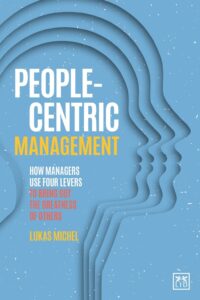 Today’s dynamic business environment requires new ways to man- age, lead, work, and organize. Traditional paradigms of efficiency, agency theory, transactions and scale are replaced or augmented with principles that focus on people, self-organization, and purpose for greater innovation and growth.
Today’s dynamic business environment requires new ways to man- age, lead, work, and organize. Traditional paradigms of efficiency, agency theory, transactions and scale are replaced or augmented with principles that focus on people, self-organization, and purpose for greater innovation and growth.
To expand on his previous books, Lukas Michel presents new research, practical applications and the experience with People- Centric Management, agile organization and work on the system to establish new management where people unlock their talent, master greater challenges and perform at their peak.
The book offers the legendary People-Centric Diagnostic that forces the reader to decode and rethink the many assumptions underlying their management model and systems. In combination, the people-centric model, the three-step process and action agenda will help executives establish leadership everywhere to succeed in a dynamic environment.
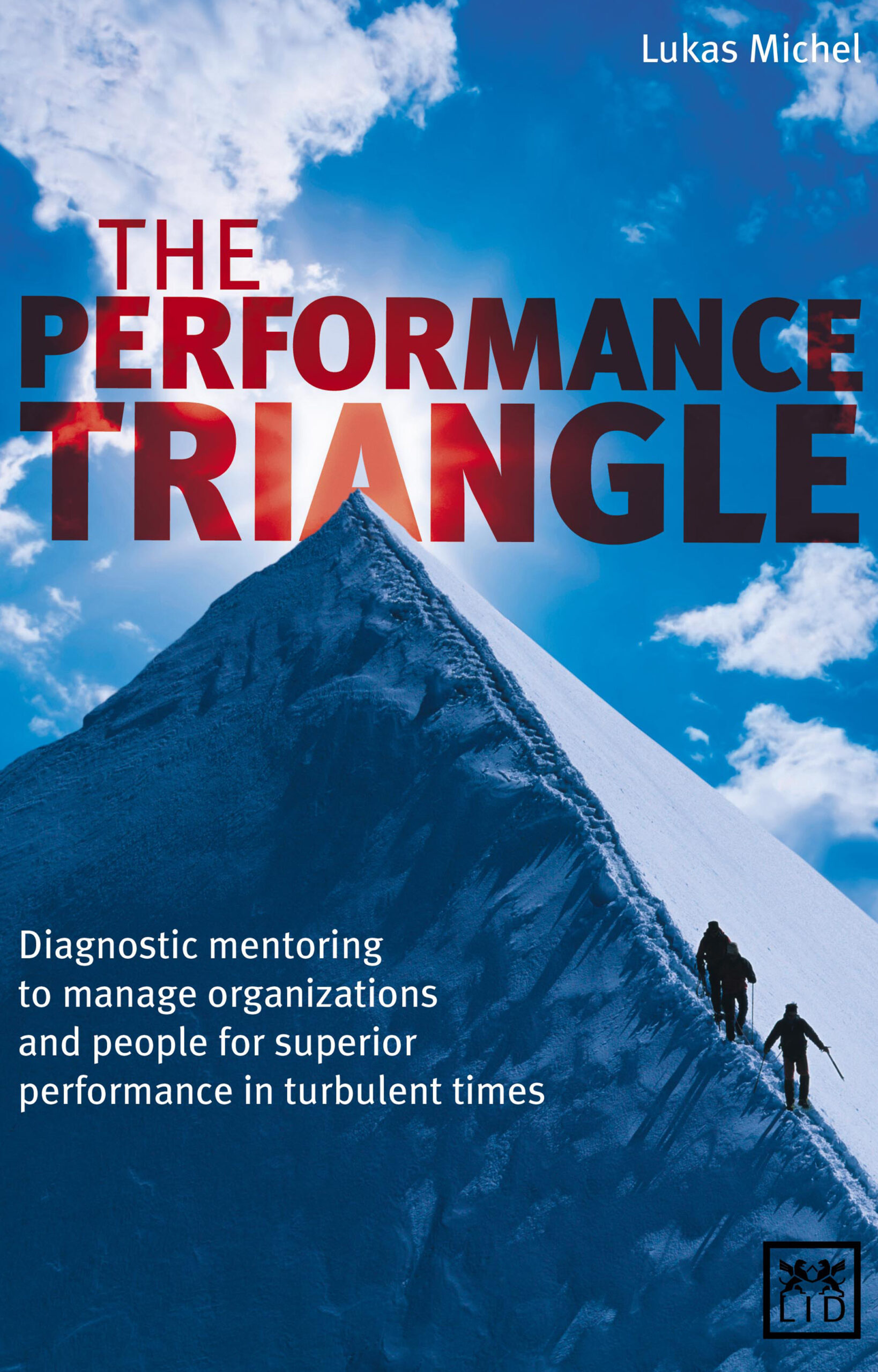
It is a new era. To win in an increasingly dynamic and volatile environment, leadership teams must be agile – they must be flexible enough to react to early signs and act on them quickly.
An agile company needs good decision-making at all levels – from the centre to the periphery, tapping into the full potential of the people, operating model, information technology and leadership practices. And decisions are made by people. This guide forces you to re-examine the assumptions underlying your leadership and how agility within your company can be built through a three-point, people-centric approach. The author’s insights will help you understand your options, make the choices required to successfully coach your team, and start creating agility as a competitive advantage today.
